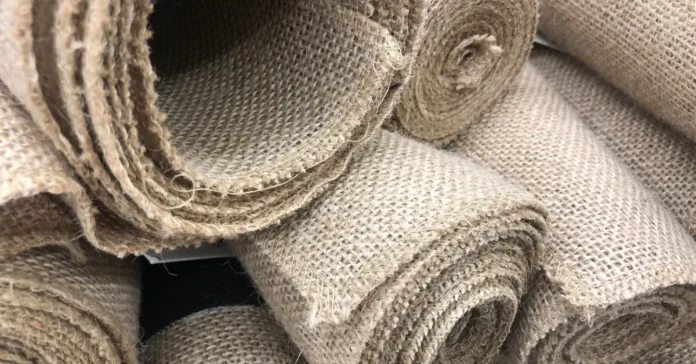In the era of sustainable fashion, the push for eco-friendly fabrics has gained significant momentum. However, recent revelations suggest that not all fabrics labeled as “organic” or “eco-friendly” may live up to their claims. Ashita Singhal, the founder of Paiwand Studio, sheds light on this issue, emphasizing the hidden dangers lurking within seemingly harmless textiles.
Singhal points out that many fabrics commonly used in the fashion industry, such as polyester, may pose significant concerns for both human health and the environment. Despite being marketed as eco-friendly, these fabrics often contain synthetic fibers that can have adverse effects on the wearer’s well-being. Moreover, the production processes involved in creating these textiles can contribute to pollution and environmental degradation.
The allure of eco-friendly fabrics lies in their promise of sustainability and reduced environmental impact. However, Singhal warns that consumers must exercise caution and diligence when assessing the authenticity of such claims. Many fabrics labeled as “organic” or “sustainable” may still contain harmful chemicals or undergo processes that harm the environment.
To address these concerns, Singhal advocates for greater transparency and accountability within the fashion industry. She emphasizes the importance of thorough research and scrutiny when selecting fabrics for clothing and other textile products. Consumers should look beyond the marketing buzzwords and delve deeper into the manufacturing processes and materials used.
Singhal’s insights highlight the need for a paradigm shift in the fashion industry towards more sustainable and genuinely eco-friendly practices. By raising awareness about the potential hazards associated with certain fabrics, she aims to empower consumers to make informed choices that prioritize both their health and the planet’s well-being.
In addition to polyester, other commonly used synthetic fibers like nylon and acrylic also raise concerns due to their environmental impact and potential health risks. These fabrics are derived from petrochemicals and often require extensive chemical processing during manufacturing, leading to pollution and resource depletion.
Furthermore, the issue extends beyond synthetic fibers to include natural fabrics that may not be as sustainable or eco-friendly as they seem. For instance, cotton, while a natural fiber, is often grown using intensive irrigation methods and chemical pesticides, which can have detrimental effects on ecosystems and human health.
As consumers become more educated about the environmental and health implications of their clothing choices, there is a growing demand for truly sustainable alternatives. This has led to the rise of innovative materials such as organic cotton, hemp, bamboo, and lyocell, which boast lower environmental footprints and fewer chemical treatments.
However, even within the realm of sustainable fabrics, challenges persist. The certification process for organic and eco-friendly textiles can be complex and costly, making it difficult for smaller brands to obtain credible certifications. Additionally, the lack of standardization and oversight in the industry means that some companies may engage in greenwashing – the practice of misleading consumers about the environmental benefits of their products.
Despite these challenges, there is cause for optimism as more brands and consumers embrace the principles of sustainability and transparency. By prioritizing materials that are truly organic, eco-friendly, and ethically produced, the fashion industry can move towards a more sustainable future that benefits both people and the planet.
The fashion industry still grapples with the complexities of sustainability, the conversation around eco-friendly fabrics is evolving. With greater awareness, advocacy, and innovation, there is hope for a shift towards more responsible and conscientious practices that prioritize environmental stewardship and human well-being.

